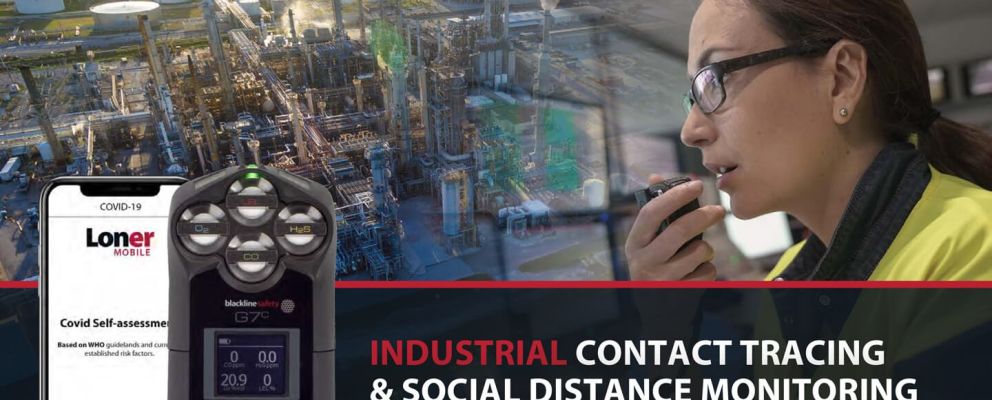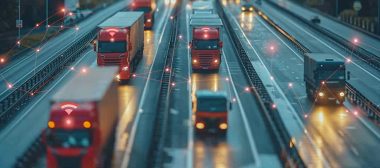Amidst the COVID-19 pandemic, the announcement of the easing of restrictions in Western Australia has breathed new life, especially to businesses. Facilities and venues will slowly reopen to aid in restoring the economy.
Many Australians are ready and eager to get back to work. But are the workplaces truly prepared? WA coronavirus restrictions will ease even further before the end of June. The state will move from Phase 3 to Phase 4, where gathering limits will be removed. Also, venues will be able to hold more than 500 people while seated food arrangements will no longer be adopted.
For most people, it may be an exciting moment. However, it does not mean it is time to let our guards down. Small, medium, and huge businesses – no matter what the industry – should still be cautious. The pandemic is still at large. With no available cure yet, you should remain careful and alert.
Two of the most significant defences that you can continue implementing in your workplace is social or physical distancing and contact tracing. These two methods, when performed correctly, can help safeguard your business and employees.
Thankfully, with the advances in technology, you can monitor your workers to learn about their interaction in case someone is COVID-positive.
What is Social Distancing All About?
Also known as physical distancing, social distancing is staying away and limiting as much contact as possible with other people. In the workplace, it is an essential practice, particularly if you want to keep your business going. No one is safe from the coronavirus. Any of your employees can get sick with COVID-19 and infect other people.
For many businesses, it is an incredible challenge. It is more important than ever to educate workers about why social distancing is necessary. The likelihood of catching the virus is amplified when you breathe in micro-droplets from a person who has just sneezed or coughed. Even exhaling can lead to its rapid spread.
Therefore, a four-square metre space for every person is required. Workers should also maintain at least 1.5 metres from other people whenever possible. This physical distance can reduce the potential of the virus from spreading.
The Importance of Contact Tracing for Your Business
It is a rule to never go to the place of work when feeling unwell. Even though you have reopened, your employees should understand the same restrictions apply. One of the most important things to remember is to stay at home if a person develops any symptoms, including:
- Cough
- Sore throat
- Fever
- Shortness of breath
Another reminder is that having any of the symptoms above does not mean the person has COVID-19. It can be a respiratory illness or perhaps a cold or flu.
If the worker is confirmed to be COVID-positive after a medical test, it remains the state’s public health unit’s responsibility to learn the whereabouts of the person. From here, the method is called contact tracing, where those in close contact with the infected individual will be identified. The purpose is to control the spread as much as possible.
People who may have been in contact with the COVID-positive worker will have to heed the quarantine instructions. It typically involves staying at home or keeping away from other individuals – even family members or pets.
How to Protect the Workers and the Workplace
Hygiene and regular cleaning before and after work are two of the most crucial steps towards achieving a successful fight against the coronavirus.
When it comes to your workers, though, it can be a bit more complicated. When someone is suspected of having COVID-19, this person should already be at home. However, if, for some reason, this individual has had some contact with other people or the assets at work, you may not instantly know what to do.
Don’t panic. Here are a few steps to follow:
- Ensure that you isolate the person and all 000 for immediate medical assistance.
- While waiting for help, wear appropriate personal protective equipment (PPE).
- Assess the risks and get smart recommendations on what to do, such as from the state public health unit. The National Coronavirus Helpline is 1800 020 080.
- Get the necessary details about the worker or client. Include the phone number, address, and complete name among others.
- Have the person transported home or a safe location for isolation. A medical facility may be necessary if the symptoms are getting worse, for example.
- Finally, be sure to clean and disinfect the workplace. You may want to close off the areas where the person was and ensure no one enters these spaces until they are thoroughly sanitised.
COVID-19 restrictions tell us to social distance ourselves from other people. Additionally, businesses and other authorities should perform contact tracing if someone has the virus and stayed in the workplace. It can be anyone, from an employee, a client, or a visitor. And this is where contact tracing and social distancing solutions offer great advantages. For more asset tracking and employee safety guides, check out the guides by RemSense.
You cannot merely determine where an employee was and for how long. The best way to get accurate details is through the use of a monitoring app.
COVID-19 Monitoring Solutions

Enterprises are reopening their factories, stores, and offices. Everyone is expected to have the right environment and tools. This way, employees can keep up with social distancing norms while having adequate mechanisms for contact tracing.
Before using any app or tool, employers should understand that privacy is essential. Employees should still have their identities protected to avoid any issues, including possible discrimination. Then, an interaction-specific location tracker may be utilised. It is actually quite useful if ever there is an infection at the premises.
The contact tracing and social distancing tools should provide a holistic way of preventing the spread of the virus. There are a few ways to accomplish this goal. For example, employees use wearables, particularly those who work at a plant or in the field. Meanwhile, some people may prefer to simply download an app and use it to provide the areas they have visited throughout the site.
Whether you go for a mobile-based solution or a wearable one, employers should understand these key requirements:
- Assessment Capability: The device or platform should be able to identify critical needs that align with the implemented social distancing rules. It should also understand the profile of the employee, as well as the nature of work.
- Convenience: Some platforms are only designed for a single purpose, either to trace interactions or aid in the execution of social distancing measures. But using one solution to do both decreases the hassle while increasing savings for the business.
- Flexibility: Most of the time, employees have a different requirement due to the nature of their work. For example, fieldwork is not the same as indoor jobs, such as in the offices. Therefore, the platform should be suitable for the user. Typically, field and plant workers need a safety wearable to keep track of their whereabouts. Meanwhile, a smartphone app connected to a platform can be used by those in offices.
- Easy to Use: The purpose of using the solution is to automatically trace the persons who may have come in contact with an individual diagnosed with the disease. Two-way communication between the employees and employer or manager can make the COVID-19 response more efficient.
When you require a complete pandemic solution, Blackline Safety is one of the tools that can meet your social distancing and contact tracing requirements. It is designed especially for businesses, with a focus on plant sites and offices. The entire package can also be utilised to implement strategies in managing a small community.
How to Use Wearables and Apps to Protect Your Business against COVID-19
All enterprises are required to have a plan to prevent COVID-19 spread in the workplace. It starts with the information already in place. Employers are responsible for the safety of their employees and customers.
Both contact tracing and social distancing should be implemented strictly. The tools to use are simply a way to make these measures much easier to execute and track. With that being said, employees should understand how the apps or wearables work. They should also know their benefits and limitations.
In a typical scenario, the employer should know if an employee, visitor, or client has COVID-19. From there, an automatic contact tracing will be performed using the devices. Close interactions will be disclosed, and employees will be alerted right away.
Aside from learning who may have had contact with the infected individual, these solutions also allow you to track your possessions. By discovering the person with the virus, you will know where he or she was and which items in the workplace may have been touched. You must protect your people, as well as your investments.
The virus can stay on surfaces for several hours to a few days. Now is not the time to be complacent. Disinfecting the workplace, especially the potentially infectious surfaces, is a crucial step towards containing the coronavirus.





